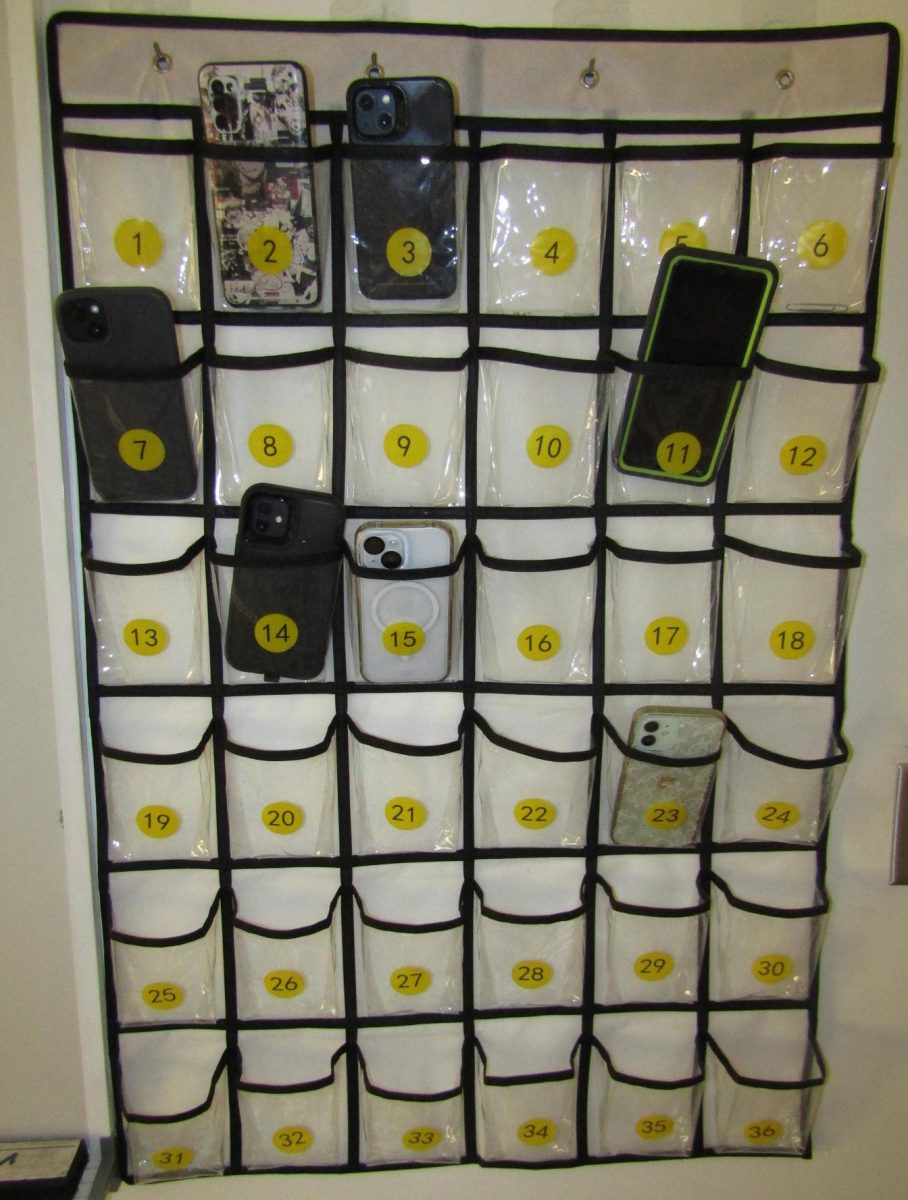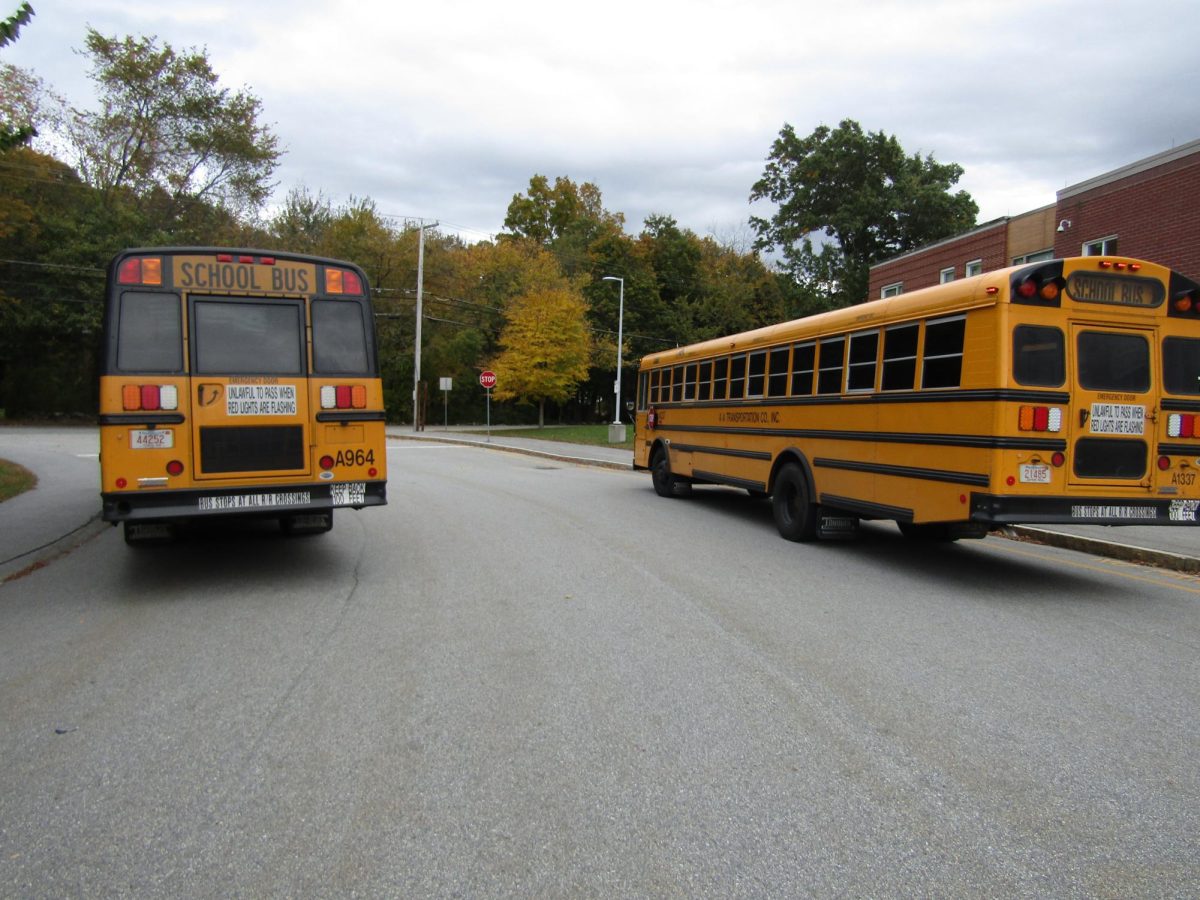In 2023, nuclear power accounts for about 10% of the world’s electricity generation, but this number is rising to 20% in more advanced economies. Nuclear power plants generate electricity about two times more than coal and natural gas plants and are almost three or more times more reliable than wind and solar power plants.
What is nuclear energy? – Nuclear energy is the energy released by a chain reaction, especially by fission or fusion. In other words, it is the human manipulation of nuclear reactions in order to generate usable electricity.
How do they work? – First, the nuclear reactor creates heat that is used to turn water into steam. Then, the pressure of the steam turns a turbine connected to an electromagnet, called a generator, which then produces electricity.
Are they good or bad for the environment? – Nuclear power plants make energy in the same way that most other types of power plants do. The only difference is how the heat is created to turn the water into steam. Most power plants burn fossil fuels like coal to create heat, but in nuclear power plants, the heat is created by splitting atoms.
This means that nuclear power plants produce almost zero carbon emissions compared to other plants that can produce over 20 million metric tons of carbon dioxide in just one year. In the year 2022 alone, the United States produced over 1,500 million metric tons of carbon that was released into the atmosphere.
In 2022, 60.4% of the electricity in the United States was produced from fossil fuels. These fossil fuels include materials such as – coal, natural gas, and petroleum. These fossil fuels are burned and a very large amount of carbon is created and released into the environment.
One major concern of nuclear power, however, is that it creates nuclear waste. These wastes include: spent (used) reactor fuel, uranium mill tailings, and more. These wastes are very radioactive and can remain radioactive for thousands of years.
The waste created from these plants can be extremely dangerous, and if not handled correctly, they can cause people, animals, air, water, surfaces, etc. to be contaminated. Something that is contaminated has radioactive materials either on or inside their body.
If contaminated with a large amount of radiation a person could develop Acute Radiation Syndrome (ARS) or Cutaneous Radiation Injuries (CRI). Radiation also destroys your cells and high doses can cause cancer later in life.
How do we dispose of this waste? – Nuclear waste is put into one of three categories: high-level, transuranic, and low-level waste. Each of these categories are required by law to be disposed of in a certain way based on its risk and danger to people and the environment.
The nation has over 85,000 metric tons of spent nuclear fuel, and this fuel is considered a high-level waste. The DOE (Department of Energy) is responsible for disposing of this waste in a permanent geologic repository, However, lawmakers have been at a standstill on what exactly to do with this spent fuel since 2010.
This means that plants have had to store the fuel at the plant itself. The amount of this waste at power plants continues to grow by about 2,000 metric tons a year. The U.S. government has already paid billions of dollars in damages to utilities for failing to store this waste and could have to pay tens of billions more in the coming years.
Nuclear energy produces quality electricity, but is it worth it? Only time will tell.





































